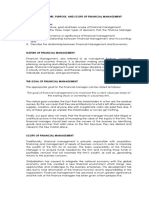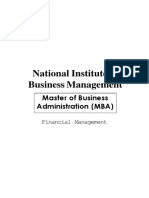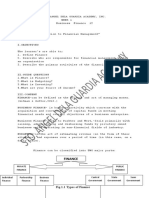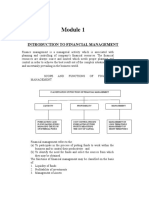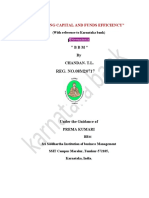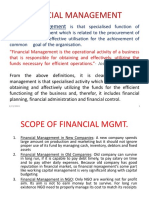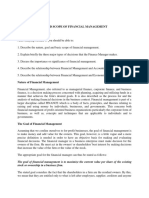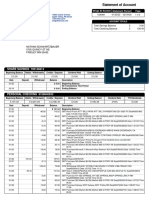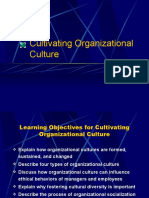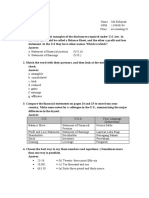0% found this document useful (0 votes)
34 views28 pagesModule I Lecture I
The document discusses Amity Business School's Financial Management course, including the program, semester, course code, credit units, faculty, and pedagogy. It also lists the required text and references. The evaluation scheme and module topics are outlined.
Uploaded by
maahin khanCopyright
© © All Rights Reserved
We take content rights seriously. If you suspect this is your content, claim it here.
Available Formats
Download as PPT, PDF, TXT or read online on Scribd
0% found this document useful (0 votes)
34 views28 pagesModule I Lecture I
The document discusses Amity Business School's Financial Management course, including the program, semester, course code, credit units, faculty, and pedagogy. It also lists the required text and references. The evaluation scheme and module topics are outlined.
Uploaded by
maahin khanCopyright
© © All Rights Reserved
We take content rights seriously. If you suspect this is your content, claim it here.
Available Formats
Download as PPT, PDF, TXT or read online on Scribd
/ 28









